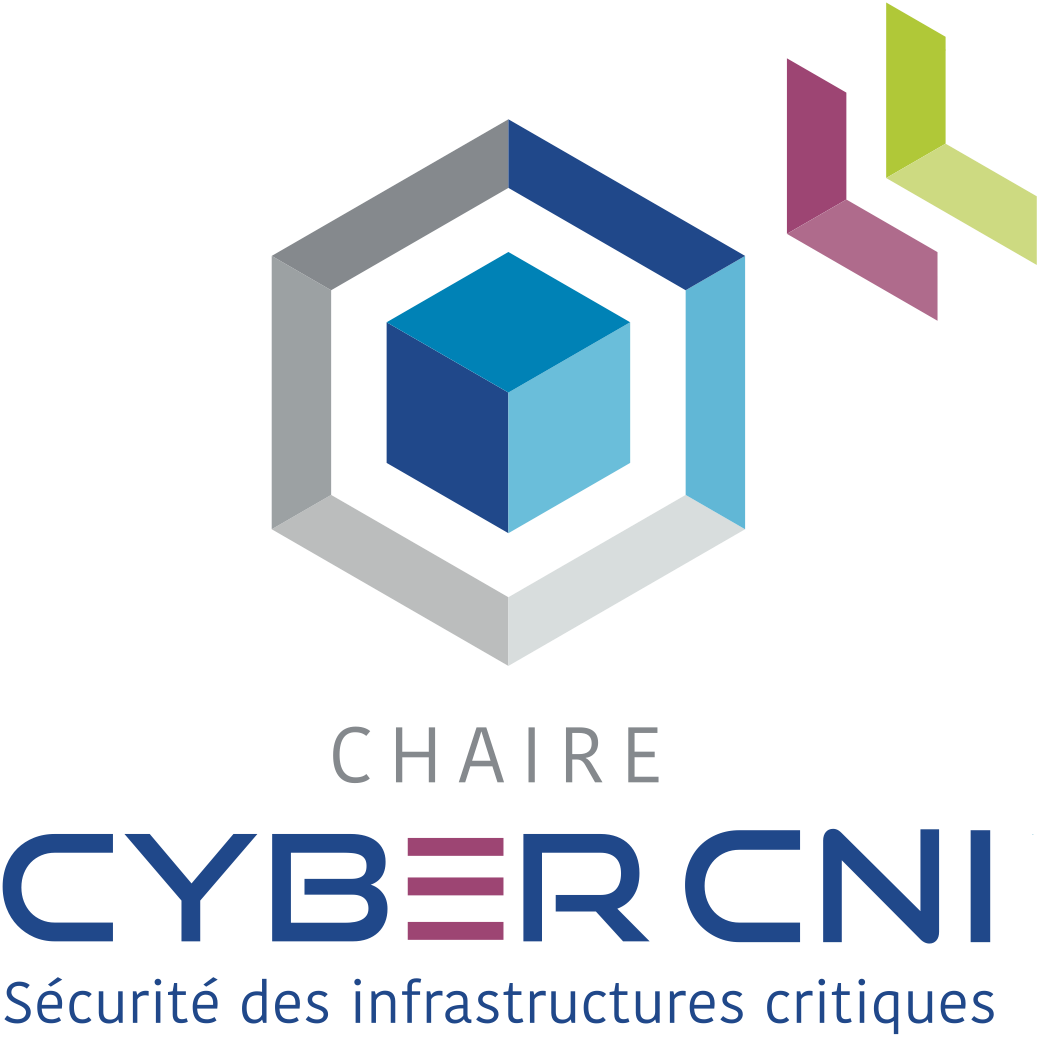We won a CREACH Labs PhD thesis financing!
Our multidisciplinary team around Marc-Oliver Pahl (Professor, Chaire cyberCNI.fr, IMT Atlantique, UMR IRISA/SOTERN, Rennes), Yehya Nasser (Maitre de Conférence, IMT Atlantique/Lab-STICC/2AI, Brest, France) and Mohammed Nassar (Associate Professor, University of New Haven, Cyber-Crime Center, USA) won a prestigious CREACH LABS funding for research on a “Realtime AI-Based Power Assisted Malware Predictor”!
Now we are looking for an exceptionally talented PhD student developing this project with us.
As the title suggests, we want to look at detecting malware by looking at hardware side-channel information. To do so we want to employ Machine Learning (ML) / Artificial Intelligence (AI). Malicious software is considered as a critical security problem in modern computational systems. Detection of malware in these systems is emerging as an effective solution to increasing security threats [Nisarg2017]. Anti-virus software is not enough to detect malware, especially with the advancement of malware evasion techniques that integrate new obfuscation features [Zhixin2021]. Recent research outcomes show the importance of exploiting hardware features such as hardware performance counters (HPCs) and power consumption in hardware security. In this project, we propose a real-time power assisted AI-based malware detection for modern processors integrated in the Industrial Internet of Things (IIoT). In-depth analysis of the practicalities of integrating the power consumption profiles and execution performance (of an application running on a processing system) in malware detection AI models on emerging RISC-V ISA (Instruction Set Architecture) will be conducted. In parallel, deep learning (DL) will be used for malware analysis, binary (malware-benign) classification and malware family classification. DL was found efficient to replace manual feature engineering (e.g., Malconv). The advantage of DL is that it can consume raw malware data, including hardware features such as power consumption and software features such as execution performance indicators.
- [Zhixin2021] Pan, Zhixin, et al., Hardware-Assisted Malware Detection using Machine Learning., 2021, DATE.
- [Nisarg2017] Patel, Nisarg, and al., Analyzing hardware-based malware detectors. 2017 54th ACM/EDAC/IEEE Design Automation Conference (DAC).
About CREACH labs
In 2021, CREACH labs was founded by the actors DGA, AID, the Brittany Region, ANSSI, CNRS, CentraleSupélec, ENIB, ENS Rennes, ENSTA Bretagne, IMT Atlantique, Inria, INSA, UBO, UBS, UR1, and UR2. The goal of CREACH labs is fostering excellent scientific research projects.
In addition to the criteria of excellence proper to any scientific evaluation (originality, ambition,
positioning in relation to the state of the art, etc.), the jury will particularly appreciate proposals that
proposals having at least one of the following characteristics:
- Subjects highlighting a strong synergy with DGA Maitrise de l’information’s SSI cluster and/or
and/or are part of the region’s specialization strategy (S3);
- Projects highlighting synergies between different teams, exploring
the interest of new techniques in the field of security (for example in the field of law, sociology
sociology, geopolitics, etc.).
- Season’s Greetings from the Chair Cyber CNI! - December 26, 2024
- 📢 La Chaire Cyber CNI et la Chaire Cyber Naval vous invitent à la demi-journée “L’IA à la croisée des chemins : Renforcer la sécurité ou donner du pouvoir aux cybermenaces ?” lors de l’European Cyber Week ! 🚀 - November 13, 2024
- Can You Spot Fake News? Test Your Skills with JudgeGPT! - November 8, 2024










